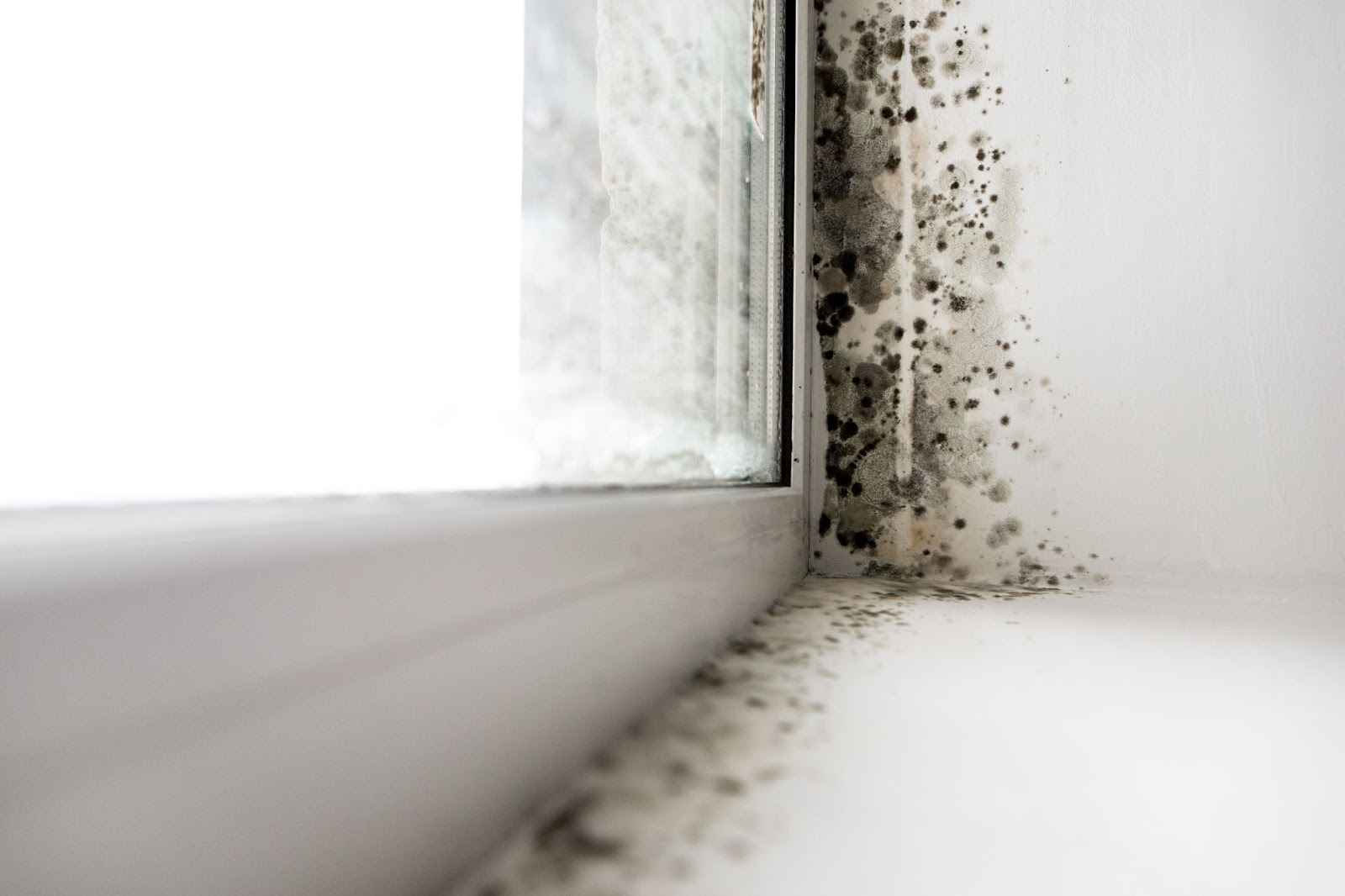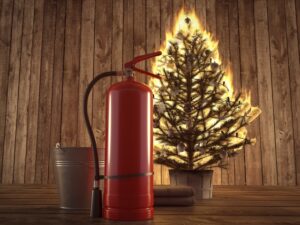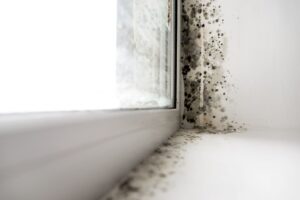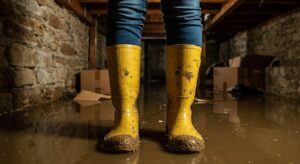No one wants to find black mold in a rental home. But the potential for black mold is an unfortunate reality for renters and owners alike. Black mold can be found in almost any environment that contains oxygen and moisture.
Another unfortunate reality about mold is that it does not always remain confined to a single location. Microscopic mold spores spread and multiply at an astonishingly rapid rate.
As a result, the longer you wait to act on remediation and mold damage restoration, the more challenging it is to remove. Swift action is key when addressing black mold in a rental house.
Read on to discover the essential steps to take if you encounter black mold in your Utah rental property.
What is black mold?
Before addressing steps, it’s important to understand what black mold is — a type of fungus that appears brown or black.
There are many types of black mold, but most people refer to Stachybotrys chartarum (S. chartarum) when they refer to black mold. Black mold grows and quickly spreads on materials with a high cellulose content, including wood, paper, and drywall.
Black mold thrives in warm, moist environments. Common areas where you may find black mold in your home include water-damaged areas, such as windows, cabinets under sinks, and basements. Another common area is black mold in the shower.
Black mold may exacerbate mold allergies and trigger symptoms such as coughing, nasal congestion, sneezing, and other asthma-related symptoms.
How to spot black mold
The scary reality of mold growth is that it sometimes hides where you can’t see it. You might think you’d find black mold in the shower or other moisture-prone areas, but it might still be hiding out of sight.
Look for other signs of mold, such as build-up, water damage, or discoloration. A strange or unknown smell could also indicate something is wrong. If you’re fairly certain there’s an issue, you can use a drywall scale meter to detect moisture within the wall.
However, if you’re the tenant, you’ll want to contact your landlord, since this step requires making a small hole in the wall.
4 steps to take if you find black mold in a rental
If you find black mold in your rental, here’s what you need to do:
Step 1: Document everything
Documentation is key, especially for renters. Whether for your own or your landlord’s insurance reasons, photographic and video documentation is almost always necessary for mold-related claims.
Step 2: Know your tenant rights
When it comes to renting a property, it’s essential to understand your rights and responsibilities as a renter. For example, you might wonder when it’s your landlord’s responsibility to manage a mold infestation and what things you may or may not be liable for.
In most cases, the responsibility for mold remediation falls on the shoulders of the landlord, as they are legally required to keep rental properties safe and livable. This means landlords must provide their renters with a property free from safety or health hazards. However, there may be some instances where you, the tenant, could be liable for mold infestation.
For example, if your landlord fails to make necessary repairs after a roof or plumbing leak, resulting in mold growth, your landlord will likely be responsible for those bills.
However, renters are responsible for maintaining a property. If you don’t and end up with mold, your landlord could charge you for mold remediation and mold damage restoration.
Step 3: Reach out to your landlord
Informing your landlord of a black mold issue as soon as possible is always best. As previously mentioned, mold can quickly spread, and waiting could turn a small mold problem into something much more serious, time-consuming, and expensive.
It is best to communicate with them via email or text, as it leaves a paper trail. If you decide to call them instead, write notes about your phone call to document what took place.
That being said, it is best to combine efforts with your landlord to ensure the property stays clear of mold. If black mold grows, address the issue immediately. Remember, swift action benefits both parties greatly.
Step 4: Let the pros do the work.
Many people try to remediate black mold in the shower or anywhere else themselves. For a small area, that may work fine. However, because mold is microscopic and spores easily spread, it’s often difficult to know if a DIY job was sufficient to thoroughly remove everything.
In most cases, a typical renter won’t be confident or comfortable handling potentially hazardous tasks. The learning curve might feel too daunting, and considering professional services is the next step.
When it comes to mold treatment, it’s best to leave it to the professionals. Hiring a licensed pro to do the job ensures expertise and efficiency, access to effective tools and advanced products, and a guarantee of their work. In the long run, hiring the pro is often the more cost-effective option.
Black mold issues can escalate quickly, so early detection and professional help make a huge difference. Acting promptly safeguards your health, prevents costly damage, and protects your rental property.
Need mold damage restoration? Contact Total Flood and Fire Restoration today!
Whether you’re the tenant or a landlord, swift action is essential if you find black mold in a rental home.
Our team of knowledgeable experts has years of experience with various types of mold, including black mold, commonly found in Utah properties. Our licensed professionals quickly identify the source of moisture, remedy the issue, repair damage, and restore your home or business to its former state. Our trusted crews offer the best service and strive to keep you and your property healthy and protected.
Our team of experts will also help you with issues such as fire damage, water damage, biohazard cleanup, storm damage, and more.
Whether your property is in Davis, Salt Lake, or Utah County, contact Total Flood and Fire Restoration today for mold damage restoration and remediation needs.









